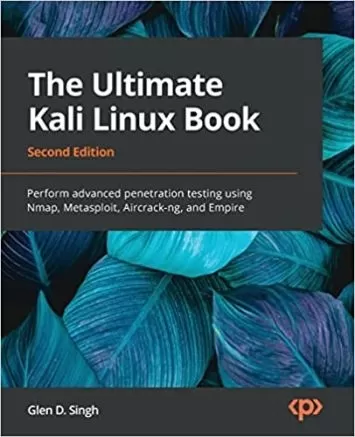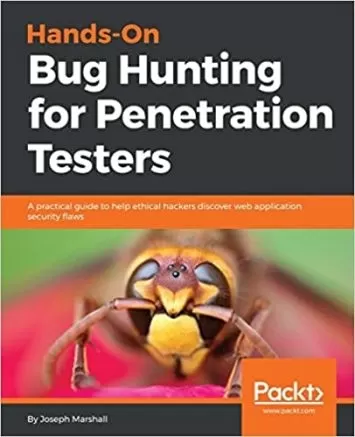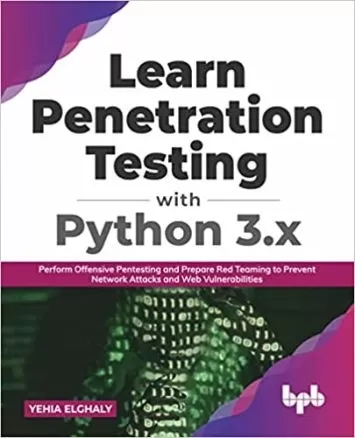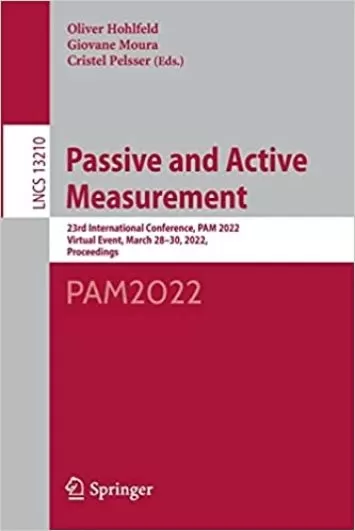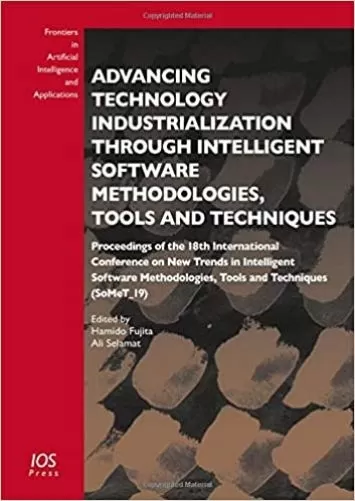
Penetration Testing with Shellcode: Detect, exploit, and secure network-level and operating system vulnerabilities
Category
Author
Publication
Packt Publishing
Security has always been a major concern for your application, your system, or your environment. This book's main goal is to build your skills for low-level security exploits, finding vulnerabilities and covering loopholes with shellcode, assembly, and Metasploit.
This book will teach you topics ranging from memory management and assembly to compiling and extracting shellcode and using syscalls and dynamically locating functions in memory. This book also covers techniques to compile 64-bit shellcode for Linux and Windows along with Metasploit shellcode tools. Lastly, this book will also show you to how to write your own exploits with intermediate techniques, using real-world scenarios.
By the end of this book, you will have become an expert in shellcode and will understand how systems are compromised both at the operating system and network level.
About the Author
Hamza Megahed is a penetration tester, a Linux kernel expert, and a security researcher. He is interested in exploit development and cryptography, with a background in memory management and return-oriented programming. He has written many shellcodes; some of them were published in shell-storm and exploit-db. Also, he has written articles about information security and cryptographic algorithms.
- Create an isolated lab to test and inject shellcodes (Windows and Linux).
- Understand both Windows and Linux behavior.
- Learn the assembly programming language.
- Create shellcode using assembly and Metasploit.
- Detect buffer overflows.
- Debug and reverse-engineer using tools such as GDB, edb, and Immunity (Windows and Linux).
- Exploit development and shellcodes injections (Windows & Linux).
- Prevent and protect against buffer overflows and heap corruption.
- Introduction
- Lab Setup
- Assembly Language in Linux
- Reverse Engineering
- Creating Shellcode
- Buffer Overflow Attacks
- Exploit Development - Part 1
- Exploit Development - Part 2
- Real World scenarios part 1
- Real World scenarios part 2
- Real World scenarios part 3
- Detection and Prevention








